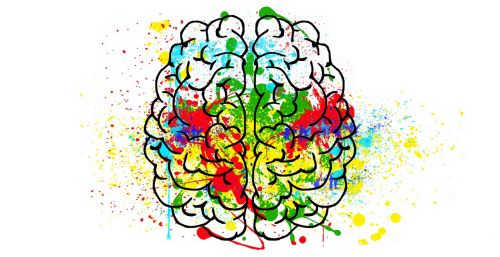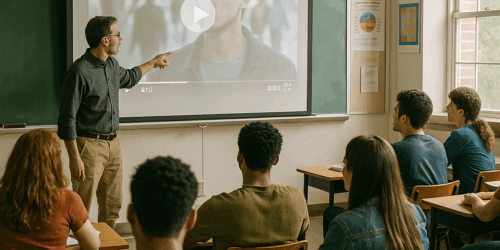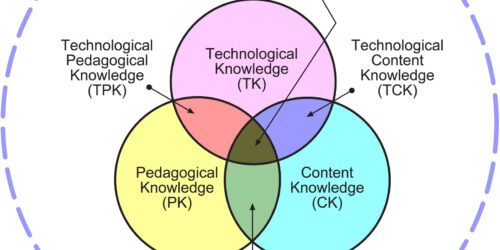
The Benefits of Engaging the Senses in Lessons
By Mike Wong, PhD
The brain is a remarkable and complex organ, one that governs our thoughts, emotions, and behaviours. How does the brain make sense of all the sensorineural information it receives to create a coherent understanding of the world or, in our case, classroom content?
This teaching tip provides some insight into brain functioning to understand why certain teaching strategies—such as activities that appeal to the human senses–are good for learning.
Natural Brain Behaviours

We live in a multi-sensory world. Whether we’re eating a sandwich or watching television, our everyday experiences often do not engage a single sense alone. Eating, for example, engages several sensory systems, including touch, taste, smell, and audition; and watching television is a combination of at least vision and audition.
The more we understand how we (and our brain) process the world, the better we can create teaching lessons and activities that match these internal processes to promote learning. For example, a wealth of literature recommends delivering lessons with a multi-sensory appeal – incorporating visual, auditory, and kinaesthetic elements.
Although neuroscience research has led us to some understanding of how the brain accomplishes these remarkable feats, the exact mechanisms involved in this process remain largely a mystery. We may not fully understand the precise mechanisms that govern these processes, but we can use what we do know to aid our students’ learning.
Teaching with (All) the Senses
What makes multi-sensory appeal effective for learning? One possibility is that we are simulating what we already do instinctively to understand our world. By engaging multiple senses, we are not only simulating what happens naturally, but we are providing additional pieces of information. For instance, we are more likely to mishear a friend in a phone (or online) conversation when we can’t see their face. Although speech is largely auditory, the visual system plays an important role in aiding comprehension. Auditory misperceptions, such as mistaking the letter “B” for the letter “V,” are less likely to happen in face-to-face conversations when we have the added information of lip movement.
Our brains take in a wealth of information from our senses that we may not even be aware of. Thus, multi-sensory lessons may be aiding students’ learning in ways they don’t even realize. As an example, there is research to suggest that adding subtitles to videos may even increase memory in neuro-typical viewers for what was just watched! Video subtitles may be required for accommodations, but so far researchers suggest they may be beneficial for all learners.
References
Gernsbacher, M. A. (2015). Video captions benefit everyone. Policy insights from the behavioral and brain sciences, 2(1), 195-202.
Shams, L., & Seitz, A. R. (2008). Benefits of multisensory learning. Trends in cognitive sciences, 12(11), 411-417.







Some fascinating insights here, Mike. This sounds like a terrific workshop!